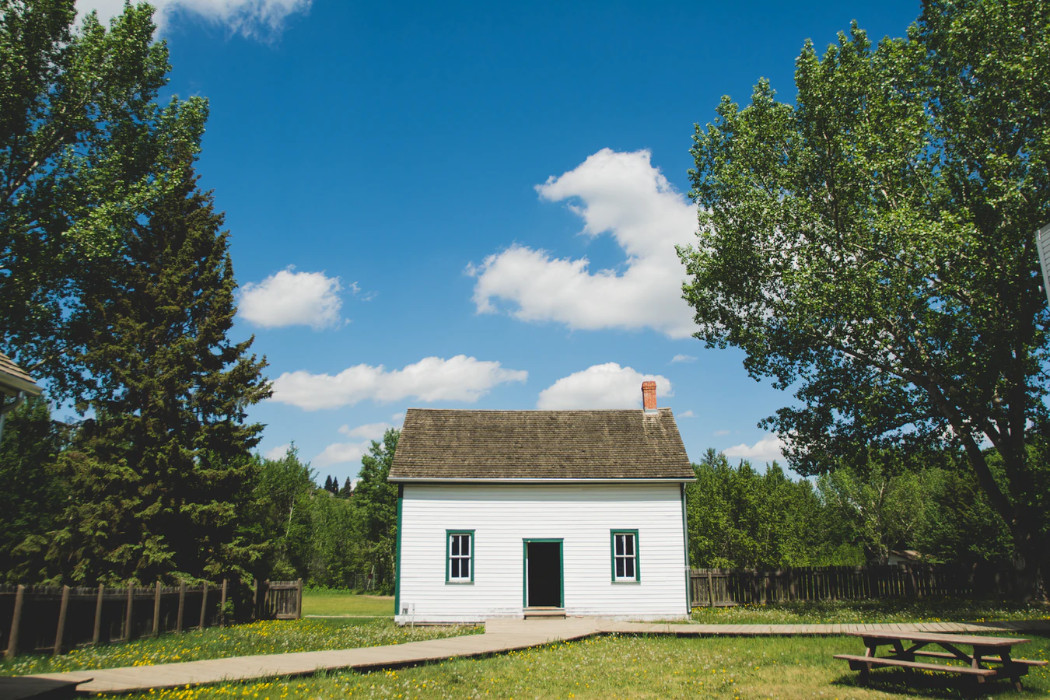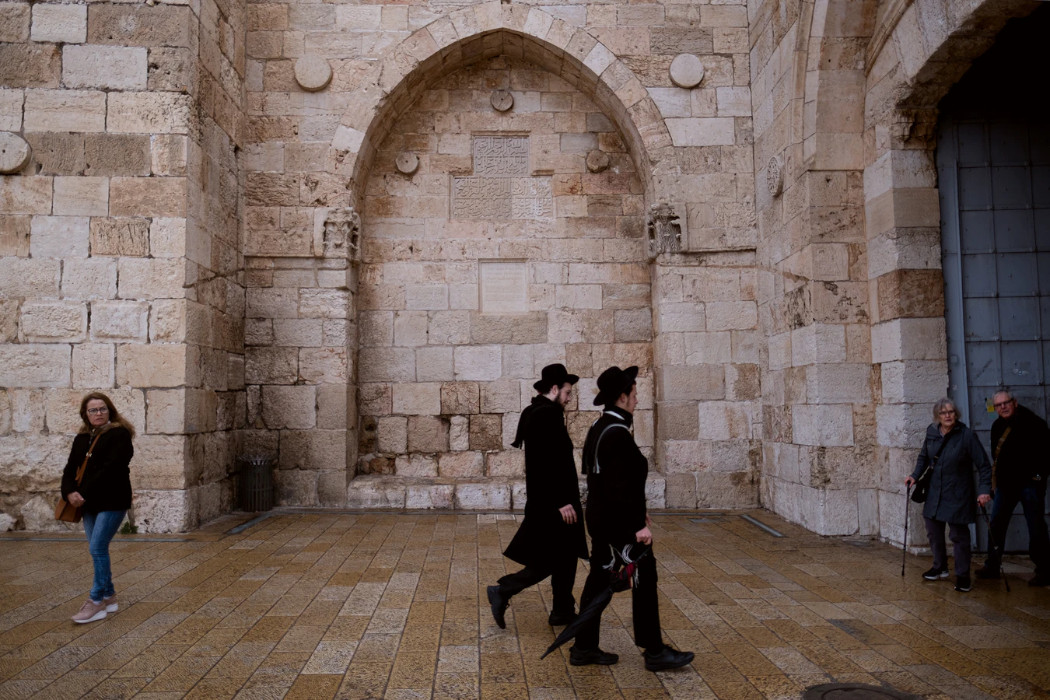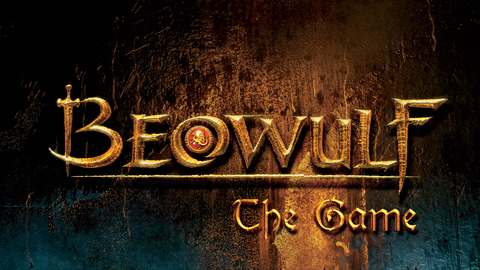Stanza One: The poet says that he does not want to pay any heed to those verses of the Bible which stress the futility of life because it comes to an end eventually. He discards any pessimistic way of thinking, which regards life as an empty dream. In dreams, we are offered many great things, but dreams are empty because the moment we wake up, all that we had been awarded vanishes. Poet says that it is indeed true that human life resembles such empty dreams because of life’s transience – we get to enjoy all that life offers us, only to give it all up when it is time to leave Earth. However, “things are not what they seem.” Despite its temporality, life is much more substantial than dreams since a lot can be achieved during one lifetime instead of in dreams. Anyone who chooses to think otherwise and gives up on life because it ends eventually has a fragile soul. He disavows such weakness of spirit and the pessimism born out of it.
Stanza Two: The poet says that despite being temporal, life is very real. Just because it comes to an end, it should not be taken lightly. Life is serious business, and because it is short, it calls out to us with an urgency to achieve all that we can and develop ourselves – “Life is real, life is Earnest.” To help us view life in a serious and urgent light, the poet urges us to see it as independent of the impending Death. The aim of being alive is not to die one day. As humans who have been given the gift of life, we must not think of it as a slow wait for Death. Instead, we must utilize all the opportunities that come our way to better ourselves. The poet adds that the biblical wisdom that we all come from nothing and vanish into nothingness is true. However, this wisdom is not applicable for the soul, which is immortal and lives on till eternity. Here, the idea from the first stanza that life is not an empty dream is being re-iterated. Life is not akin to a dream because of the soul. Our soul adds meaning and permanence to our life. Death cannot touch it.
Stanza Three: In the third stanza, the poet talks to us about the best way to make the most of our lives. He says that whiling away our time in merriment or grieving over losses or pain is not the right way to live our numbered days. He says that humans are destined for much more than just mindless pleasure or sorrow as the most evolved species. The poet then invokes the theme of carpe diem or the proverbial ‘seize the day and asks to act. He wants us to make ourselves useful and fill our days with activity to the brim such that every coming day sees us more advanced in life than what we are at present. He wants us to keep striving to develop ourselves and our souls. That way, when the time to bid farewell does come, we would have reached the pinnacle of self-completion.
Stanza Four: In the fourth stanza, the poet explains the urgent need to make every day count. He says that Art, which is the only nourishment for the soul, is endless, and our Time on Earth is too limited. Hence he asks us not to lose any time and cultivate our soul through Art because even though our heart might seem strong when we are young, it is actually like a drum, the beats of which keep dropping as it slips towards the inevitable End. The poet means that our days on Earth are numbered, and every day takes us closer to the end. Our strong heartbeats die a little every day, like ‘muffled drums’ since they are on a “funeral march to the grave.” Hence we must soak in as much of the infinite repertoire of Art as possible before death takes us in our stride.
Stanza Five: The fifth stanza is like Longfellow’s call to action for all his young readers. He compares the world to a battlefield and our life as a camp on that field. The poet means that he understands that the world is destined to throw obstacles towards our way, and camped on this battlefield of a world, our average lives are no less than a war against all the hardships and struggles. However, the poet wants us not to let the struggle get to us. He encourages us not to follow the masses in their blind run. Instead, the poet wants us to rise above the mediocrity of being “dumb, driven cattle” and face all the hardships of life like a hero!
Stanza Six: In the 6th Stanza, the poet asks us to live in the present. He asks us not to waste our time planning the pleasures of the Future because one can never trust the Future to come. According to him, the ones stuck in the past should also move on because what is over is done with, and there is no point mulling over it. Hence he wants us to bury our Past, i.e., leave it behind. The poet opines that neither the Future nor the Past holds any key to any productivity since the same lies in the Present. He wants us to act only on the Present and fill it with all our energy. He asks us to invest our present with all our heart and have faith in God that we will be awarded for all the efforts that we have put in the right direction.
Stanza Eight:
In this stanza, the poet stresses that our great actions are capable of initiating another chain of greatness. Just like we take inspiration from the great men in history, our success stories can also inspire someone going through a tough time in his life. He compares life to rough seas and parallels the act of living as sailing on such solemn waters. The “forlorn and shipwrecked brother” then becomes any helpless human being going through hardships and troubles in his life. He says that our great actions can inspire a fellow lonely and devastated sailor on the sea of life to take inspiration from our actions and have the courage to brave the rough times in his life. Hence, by seizing the day and making it count despite obstacles, we will help ourselves and doing humanity a great favor by extending a tradition of bravery and greatness.
Stanza Nine:
In the concluding stanza, the poet yet again inspires us to be ready to fill our present with a burst of activity and have the courage to face any stumbling blocks that might come our way in the process. According to Longfellow, activity and the courage to face any hardships are the crux of a meaningful life. The poet adds that we must learn to embrace hard work along with patience in our pursuit to achieve our goals. Just working hard is not enough. We also need to exercise patience while the fruits of our labor materialize.
Some online learning platforms provide certifications, while others are designed to simply grow your skills in your personal and professional life. Including Masterclass and Coursera, here are our recommendations for the best online learning platforms you can sign up for today.
The 7 Best Online Learning Platforms of 2022
- Best Overall: Coursera
- Best for Niche Topics: Udemy
- Best for Creative Fields: Skillshare
- Best for Celebrity Lessons: MasterClass
- Best for STEM: EdX
- Best for Career Building: Udacity
- Best for Data Learning: Pluralsight
















